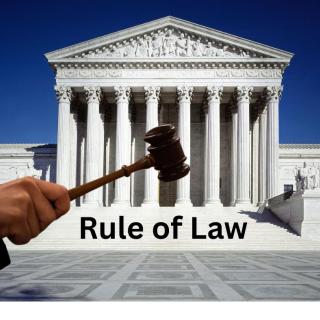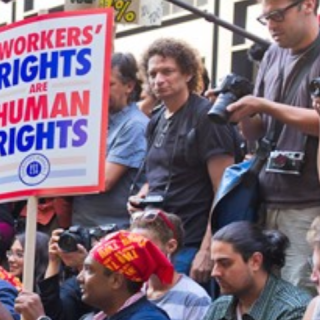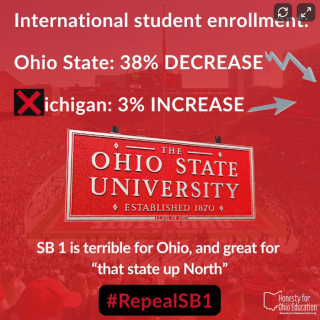Advertisement
This week President Trump and his regime are welcoming Afrikaners - white South Africans who are part of an ethnic group that facilitated legal discriminatory violence against their Black and Indian counterparts for decades – into the U.S. as refugees. To many, it may seem odd – if not downright ridiculous – to classify full citizens of a first-world country in this way despite their having lived comfortable lives without the threat of persecution, war, or violence. Odd or not, it’s on-par with U.S. immigration policy since the eighteenth century.
The contemporary image of a refugee reflected in popular imagination, mainstream media, and multinational organizations is a Black or brown person fleeing religious or ethnic conflict or political instability in Latin America, Southwestern Asia, or Eastern Africa. But that wasn’t always the case. Within the first twenty-five years of the United States’ founding, the country experienced its first swell of refugees when white plantation owners sought refuge from the Haitian Revolution that stripped them of their entitlements to land and other properties (including enslaved people). The armed rebellion amounted to a 13-year battle for national independence from France – a political status that the U.S. would not recognize for another 54 years.
For their part, these former plantation owners united to influence U.S. foreign policy. While their work faced setbacks – like the short-lived period of financial support to Toussiant L’Ouverture – the group experienced great success in directing the period’s defensive fear of newcomers in their favor. The passing of policies that formulated a distinction between desirable and threatening immigrants have been spotlighted by the current presidential regime.
It is certainly not by accident that these formative acts of immigration policy were established during the first years of the largest slave revolt in history. Acknowledging this pointed decision in international politics is a starting point for untangling the chaotic web of recent executive decisions regarding immigration to the U.S. The most confounding of these decisions may be the invitation of Afrikaners under refugee status but it extends to the treatment of people with legitimate claims to legal immigration status.
Currently, the state’s asymmetrical consideration of white and Black immigrants is perhaps most obvious when we contrast this week’s arrival of Afrikaner families with the DHS’s termination of Temporary Protected Status (TPS) for Haitian nationals. While a federal judge has temporarily blocked the latter decision, communities around the country including throughout Ohio are bracing themselves for the hostile removal of neighbors, classmates, co-workers, and congregants should the Supreme Court uphold the August 3 termination date.
When white refugees can claim discrimination based on their inability to discriminate against others and Black refugees are assumed to be an inherent threat to national health and security then I guess, as one Columbus Free Press contributor stated during a recent Free Press Second Saturday Salon, we know now which period they’re looking at when they say they want to Make America Great Again.



